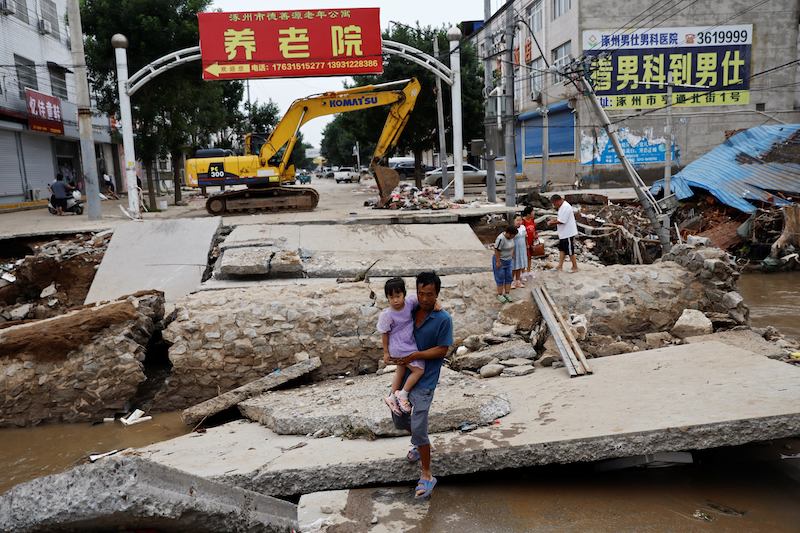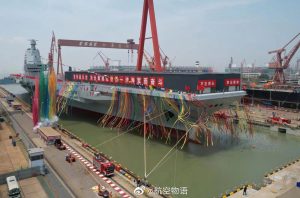A multi-year study of satellite data has found that nearly half of China’s big cities suffer “moderate to severe” subsidence.
The nationwide data released on Friday shows that millions of people face the risk of flooding, especially as sea levels rise.
The study, published by the journal Science, from 2015 to 2022 found that 45% of China’s urban land is sinking by more than 3 millimetres a year, with 16% at more than 10mm per year, driven not only by declining water tables but also the sheer weight of the built environment.
ALSO SEE: China’s Weak Consumer Spending is Holding World Back: IMF Chief
With China’s urban population already in excess of 900 million people, “even a small portion of subsiding land in China could therefore translate into a substantial threat to urban life,” the team of researchers, led by Ao Zurui of the South China Normal University, said.
Subsidence already costs China more than 7.5 billion yuan ($1.04 billion) in annual losses, and within the next century, nearly a quarter of coastal land could actually be lower than sea levels, putting hundreds of millions of people at an even greater risk of inundation.
“It really brings home that this is for China a national problem and not a problem in just one or two places,” said Robert Nicholls at the Tyndall Centre for Climate Change Research at the University of East Anglia. “And it is a microcosm of what is happening around the rest of the world.”
30 vulnerable coastal cities in Asia
The northern city of Tianjin, home to more than 15 million people, was identified as one of the worst-hit. Last year, 3,000 residents were evacuated after a sudden geological disaster” that investigators blamed on water depletion as well as the construction of geothermal wells.
Many of China’s old coal districts have also suffered as a result of over-mining, with authorities often forced to inject concrete into the crumbling shafts to reinforce land.
The problem is not limited to China. A separate study published in February said around 6.3 million square km (2.4 million square miles) of land across the globe was at risk. Among the worst-hit countries is Indonesia, with large parts of the capital Jakarta now below sea level.
Nicholls said vulnerable cities could learn lessons from Tokyo, which sank by about 5 m (16 feet) until it banned groundwater extraction in the 1970s.
“Subsidence mitigation should be looked at very seriously, but you can’t stop all of it so you are talking about adaptation and building dykes,” he added.
Of the 44 major coastal cities suffering from the problem, 30 were in Asia, according to a 2022 Singapore study.
“It is a problem of urbanisation and population growth – larger population density, more water extracted, (and) more subsidence,” Matt Wei, a geophysics expert at the University of Rhode Island, said.
- Reuters with additional input and editing by Jim Pollard
ALSO SEE:
COP28: Cities Give A Glimpse of Changes Sweeping the World
Cities Lead COP28 Climate Change Push as Nations Fail to Deliver
COP28: France, US to Seek Ban on Private Funds for Coal Plants
Global Subsidies For Oil, Gas and Coal Now Reach $7 Trillion: IMF
Fossil Fuel Phase-Out ‘Unrealistic’, China Climate Chief Warns
China Adds Himalaya Peak Weather Station Amid Climate Concerns
India, China Pushing For ‘Multiple Pathways’ to Net Zero
Critical China Factory Hubs Face Greatest Climate Change Risk
India, China Must Pay for Climate Damage: Island Nations
China Wants High-Tech Solutions for Climate Problems
























